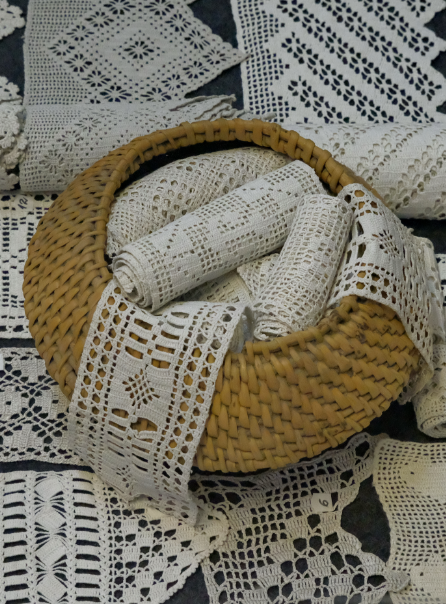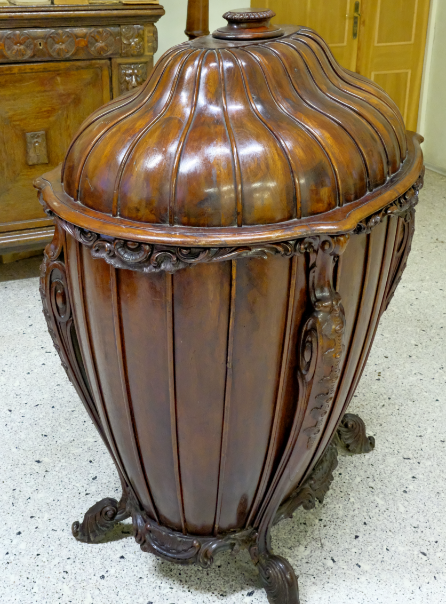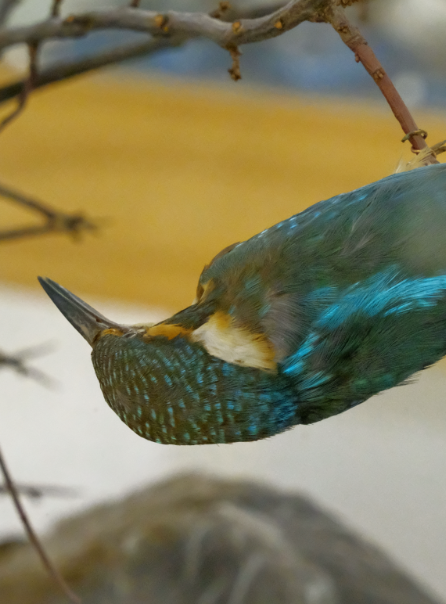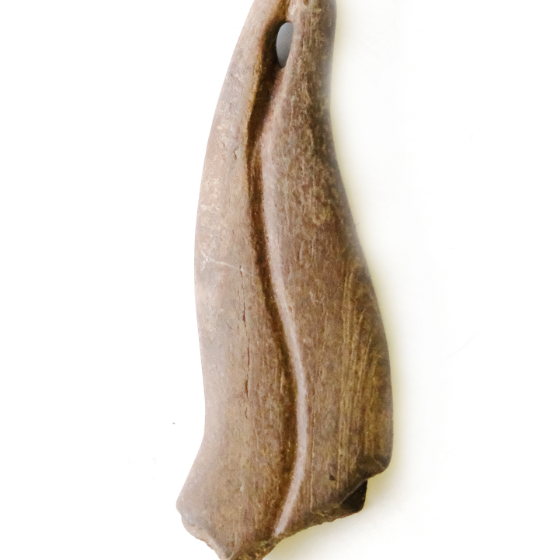Ethnography
Ethnography section of the Nalšia Museum presents handicrafts and trades of the land.
The exposition starts from the agricultural part. The visitors are informed about various tools – from corn trashing tool to bread baker’s peels.
In the museum there are a few old wooden mortars. The oldest one was trimmed with an axe 240 years ago and was found in Kulniškės village.
For bread baking people used a few tools: kneading-trough, wooden paddle or spoon for dough mixing, baker’s peels for bread loaves formation.



